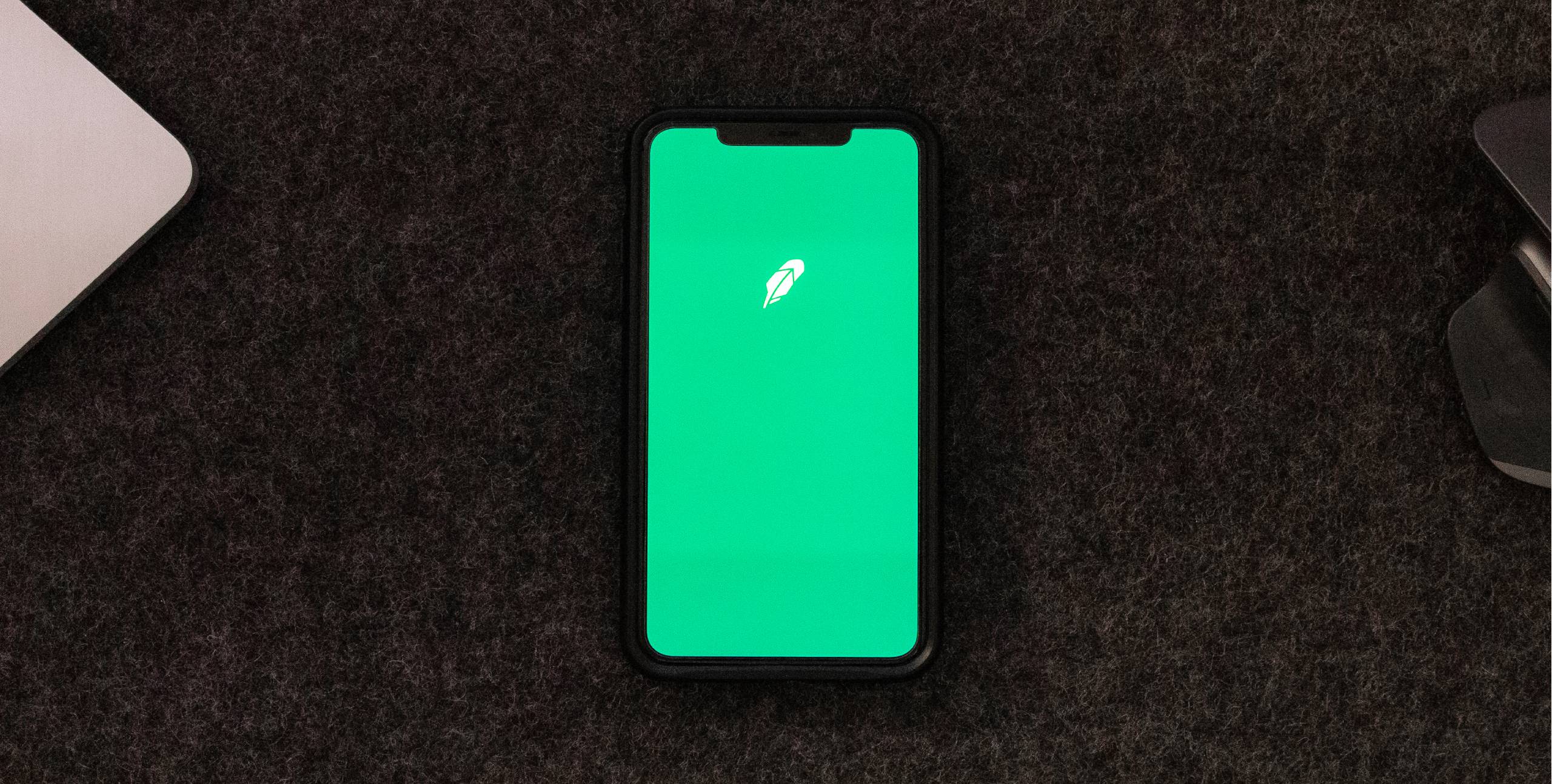Apps have the capacity to improve inclusivity, across the board. However, a study on mobile technology shows that most app developers don’t take into account the needs of differently abled individuals at present. Some of the most apparent discrepancies fall under the lack of inclusion for the neurodivergent. This is because they may encounter obstacles when navigating app features like account sign-up, real-time text typing, and interface issues. As it is, failure to consider people with intellectual disabilities can isolate them from apps which would otherwise allow them to connect with family and friends.
All those considered, it’s crucial to tap into inclusive design avenues to minimize the technological challenges that individuals with disabilities face. After all, aside from the fact that inclusivity should be a moral responsibility for developers, it is also a smart business move given this demographic’s buying power and influence. As such, below are some considerations that should go into making an inclusive app:
Have neuro-diverse professionals lead your app development team
Launching a new app requires fervent market analysis. This way, you can identify what your audience needs. Building upon that, it’s imperative that you situate neuro-diverse professionals to lead your app development team. Fundamentally, supporting neurodiversity in the workplace begins with awareness. Neurodiversity, after all, refers to different sets of behavioral traits and preferences. Having neuro-diverse professionals heading the team enables your app makers to understand the unique requirements and abilities of neurodivergent workers. For instance, employees with autism may struggle with overstimulation. And as such, they may prefer muted colors to avoid difficulty processing sensory information. Recognizing these preferences lets you create an app that can meet the needs of your neurodivergent workers.
Incorporate soft color palettes
Jumping off of the last point, your choice of color palette can greatly impact your employees’ user experience. One specific consideration for employees with autism is that they may focus better when there’s a balance between contrast and color. A 2020 Journal of the Korean Academy of Child and Adolescent Psychiatry article titled ‘Visual Perception in Autism Spectrum Disorder’ states that although visual processing styles vary, individuals with autism prefer soft color palettes as they are soothing. Meanwhile, research published on NCBI shows that purple overlays can enhance reading comprehension and minimize instances of distractions for individuals with dyslexia. Knowing which color palette to implement can ultimately foster better user experiences for your neurodivergent employees.
Utilize easy-to-read typography
Fonts are a critical component when you’re designing an app for neurodivergent workers. The NCBI research above also finds that parameters like font choice and font size can improve reading comprehension and decrease stress for individuals with dyslexia. For example, any serif fonts you may use may be perceived as being too decorative and as obscuring the shapes of letters. As such, opt for sans serif typefaces— such as Open Sans or Arial— for body text. It’s also important to increase your app’s font size to maximize usability not just for neurodivergent users but for workers that are visually impaired as well. To optimize readability, headlines should generally be 20% larger than the body text. Lastly, avoid animating your fonts. This can cause overstimulation and consequently produce anxiety for employees on the autism spectrum.
Integrate and expand writing and reading features
As much as possible, integrate writing and proofing tools in your app. This can pertain to voice and audio features and prediction options. The latter option—specifically, suggested responses—can help neurodivergent employees through literacy challenges. To take it one step further, you can also create a text-to-speech feature. Hearing on-screen text read aloud can facilitate better information processing. Finally, you can leverage voice and audio tools to smoothen work processes for your neurodivergent employees. For individuals with dyslexia, speaking instead of typing can be a recourse that allows them to minimize errors.


